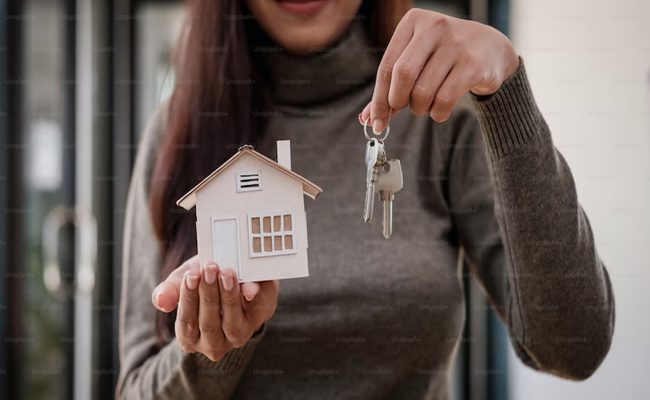
As you begin to imagine yourself as a homeowner, you might be tempted to rush online and immerse yourself in hundreds of property photos, wondering which dream house could be yours. While you may find many desirable options online, most will exceed your budget.
The good news is that researching in advance can help you find an affordable house that suits your needs, which could be vital, especially now when the real estate market is hot. But worry not, as here are five tips and tricks to help kickstart your homeownership journey and make your dream home more affordable.
1. Shop Around for the Best Mortgage Rates
A mortgage will likely be an option if you can’t afford to pay for your first home outright. But every lender has their mortgage rate, even for similar products, so it is best to shop around for the best deal that matches your needs and budget.
A study by Freddie Mac suggests that you could save an average of $1,000 over the life of your loan by getting quotes from one additional lender. This amount could increase to $3,000 for borrowers with up to five mortgage rate quotes.
However, when comparing mortgage rates, look beyond the interest rate. Consider the lender’s fee, points, and closing costs.
2. Check Out What Loans and Programs You Might Be Eligible for if You’re a First-Time Buyer
First-time home buyers face various challenges, including poor credit history and limited savings to fund down payments. If you fall into this category, you will want to consider multiple first-time home buyer loans and programs available to help buyers overcome home ownership hurdles.
Typical examples of loans and programs first-time home buyers may qualify for include FHA loans, VA loans, the Good Neighbor Next Door program, USDA loans, and State and local programs. Some employers may also have employer-assisted housing programs, which offer financial help and counseling to employees looking to buy homes.
But before applying for a first-time home buyer loan or program, research and compare the costs and benefits. That will help you identify an ideal option for your needs and financial situation.
3. Save for Your Homeownership Goal
The initial costs of homeownership, such as down payment, closing costs, and move-in expenses, can be costly. For instance, lenders usually ask for between 3% to 20% down payment, which can be challenging, especially if you are a first-time buyer.
Fortunately, you can quickly get the initial funds to finance your home purchase by committing to a monthly savings goal. This could mean going through your budget and cutting off unnecessary expenses.
For example, you could downsize your vacation plans, reduce eating out, and leverage local entertainment. You may also carpool or take public transport to save on gas expenses.
4. Check Your Credit Report
If you intend to finance your home purchase with a mortgage loan, it may help to check your credit history at least 12 months before borrowing money. By doing this, you can identify any issues that could affect your credit score.
Typically, borrowers with excellent credit scores have better chances of qualifying for loans with better repayment terms and lower interest rates, saving thousands of dollars over the life of their loans. Most lending institutions require a credit score of at least 620 to consider your application.
Borrowers with poor credit scores can take several measures to boost them. This includes disputing errors in your credit report and paying down any outstanding debt.
5. Buy a Fixer-Upper
A fixer-upper is a property that hasn’t been completed but is ready for occupancy. Such a home could need redecoration, redesigning, or landscaping to enhance its appearance and value.
After buying a fixer-upper, consider taking DIY classes at a local home improvement center to acquire flooring, painting, landscaping, or other vital skills that could help you complete your home affordably.
However, consider hiring an independent inspector or contact a city building inspector during your DIY home improvement project. These experts will help you ensure your work fits the necessary building codes.
Leave a Reply